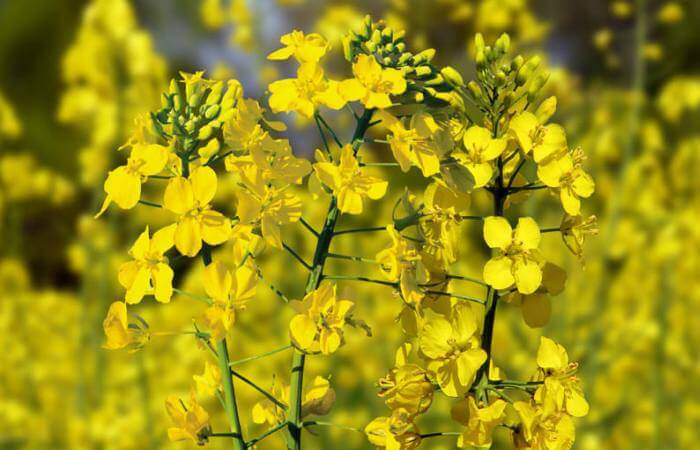Ginger – oil plants

Ginger – oil plants.
Saffron – Botanical description. The value
Distribution and habitat. Care and cultivation of ginger
Saffron – Botanical description. Value:
Ginger – one and two-year plant of the cabbage family belongs to the group of oilseeds.
It is actively cultivated and used as a honey plant and for the production of vegetable oil, called Ryzhikova. Camelina oil contains large amounts of fatty acids (about 60%), and vitamin vitamin E. Camelina oil is used in food, medicine, cosmetics, for the production of biofuels , etc.
The stalk of the plant upright, bottom more naked, closer to the top has a branched part. The stem height from 30 to 80 cm Stem covered with sessile, heart-shaped leaves in width from 2 to 15 mm, a length of 10 cm the Number of leaves on the stem are small. The flowers are pale or Golden yellow, collected in the end of the brush. The fruits of the ginger – pods. Pods somewhat swollen, pear-shaped, fold with the flat edge of the nest seeded. Small seeds are rich in oil.
From of flax seeds get 490 kg (583 liters) of oil from 1 ha of crops.
Distribution and habitat. Care and cultivation of ginger.
Ginger grows in the Mediterranean region, Central Asia and Central Europe.
Ginger undemanding in cultivation, maintenance. Enough to be planted in early spring and 3-4 months to collect the harvest. Almost always gives a good crop on all soil types. Adapts well to different weather conditions. Very often grows near roads, and many perceive it as a common weed. Camelina does not require irrigation, application of fertilizers, means of combating pests and weeds. Does not reduce the fertility of soils under cultivation.
Note: © Photo ,



